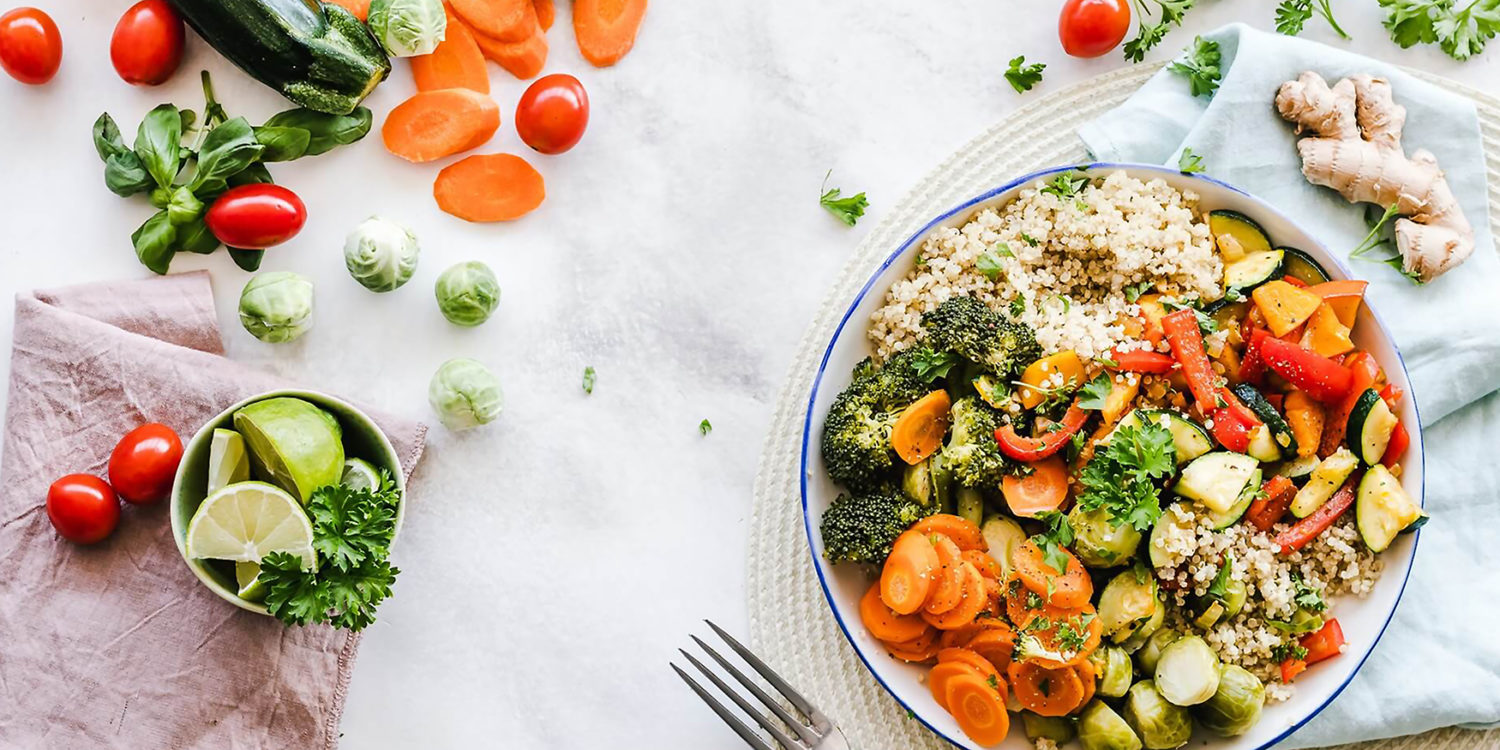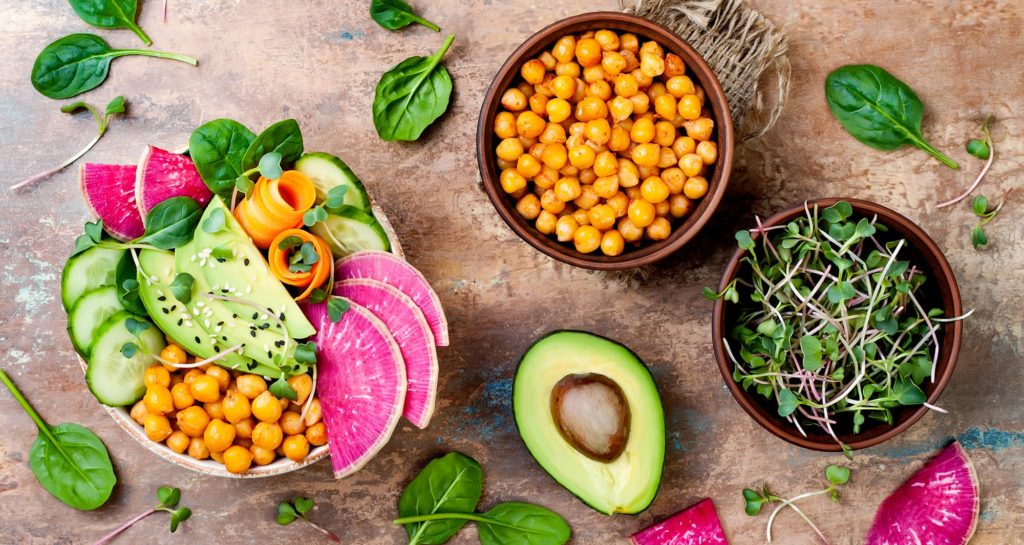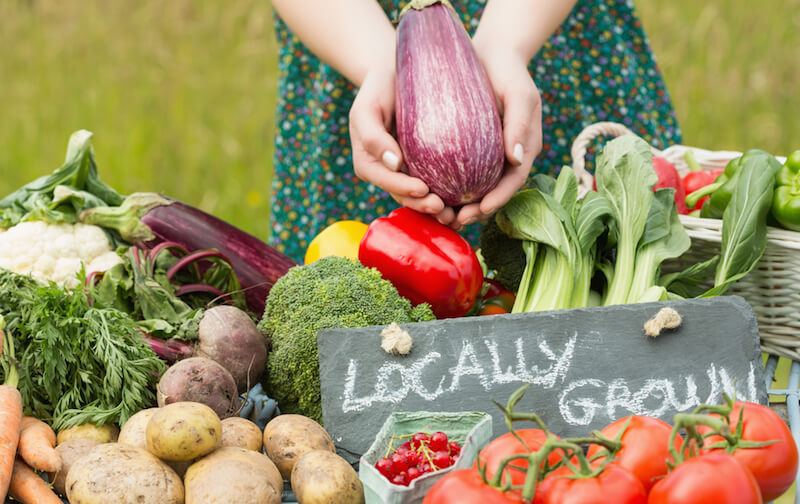What you choose to put on your plate can have the most significant impact on your carbon footprint. At least three times a day, you make choices about how to calm your growling belly and fuel your body – these choices can have a lighter or a heavier impact on Mother Earth. In the modern agricultural system, plant-based foods are grown using synthetic pesticides, fertilizers, and fossil fuels, which degrade the soil and promote monocultures. These plants are fed to animals, often concentrated on farms where the animals live short and miserable lives. Their manure is concentrated, polluting the soil, waterways, and air.
If you are looking to change your eating habits, then here are some ways to do it without harming the environment and taking care of the other parts of the environment.
1. Eat more plants
Raising animals for meat and dairy requires space and vast amounts of water and feed. The livestock industry alone causes nearly 15% of all human-caused greenhouse gas emissions. With meat consumption increasing 500% worldwide between 1992 and 2016, it is clear that we need to rebalance our diets by prioritizing veggies while moderating our intake of animal products.
2. Eat more varieties
As 75% of the world’s food supply comes from just 12 plants and five animal species. Greater diversity in our diet is essential, as the lack of variety in agriculture is bad for nature and a threat to food security.
3. Use your voice
There is no need to burn or cut down another tree. There is more than enough land to grow food to feed another 2 billion people by 2050. Help us put pressure on the government by demanding deforestation-free food.
Make a sign placard
4. Find out more about your fish
In the UK, people eat £4.5 billion worth of fish every year. Still, high demand and poor management have led to overfishing, which has dramatically reduced the number of firm favorites, such as North Sea cod and wild Atlantic salmon. When shopping, do look out for labels such as the blue MSC label or ASC, which indicate that the fish comes from a well-managed source and try lesser-known species such as pollock, saithe, and hake.
5. Reduce waste
We know that food waste is a big problem. Almost 30% of the food produced is wasted, with all the consequences for the environment. If food waste were a country, it would be the third-largest emitter of greenhouse gases after China and the US. Reduce waste in your household is simple: freeze anything you can’t eat fresh and buy individual products whenever possible, so you can choose precisely the amount you need.
6. Grow your food
It is always better to have fresh, home-grown produce straight from the garden. Not only is it healthy and delicious, but it’s also free of the carbon footprint of store-bought food.
7. Look for products with RSPO certified palm oil.
The unsustainable palm oil is responsible for large-scale deforestation, threatening wildlife such as orangutans and tigers, contributing to greenhouse gas emissions and a greater risk of climate change. However, rejecting palm oil altogether may have unintended consequences, as alternatives are maybe even worse for the environment, as up to nine times more land is needed to produce some varieties. When shopping, look for products with RSPO-certified sustainable palm oil.
8. Pass on plastic
Plastic has infiltrated our nature and even our diet. Bring a reusable bag when you store, choose packaging-free fruits and vegetables whenever possible, and ask brands and retailers that continue to use plastic to find alternatives.
9. Eat what’s in season
Try to incorporate seasonal produce from your local farm or greengrocer into your diet whenever possible. This will support the local economy and help you get to know local producers and get tips on preparing seasonal produce.


